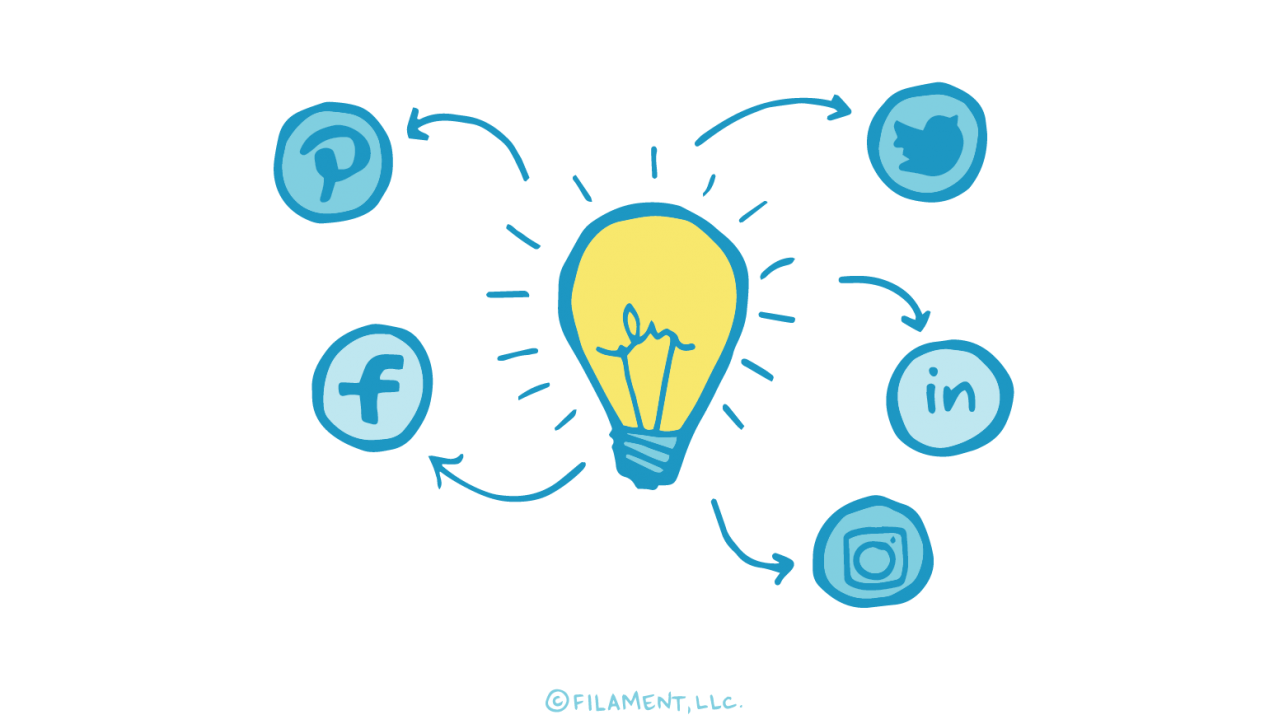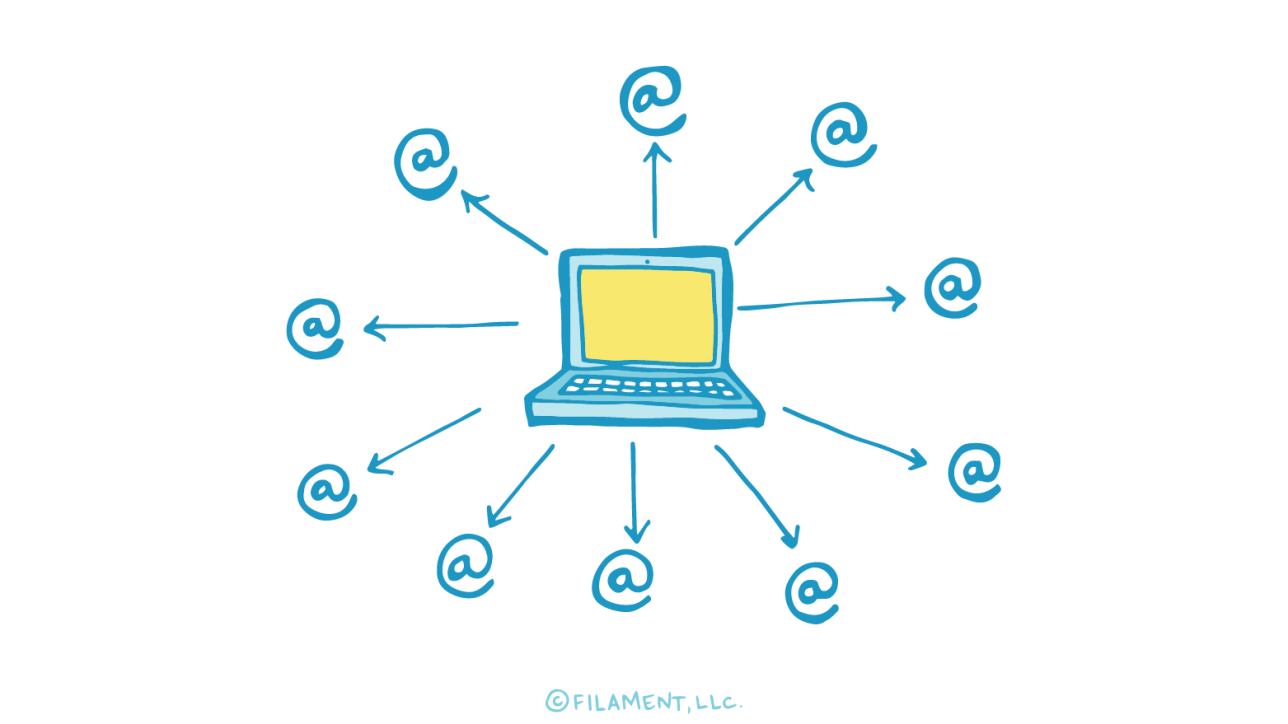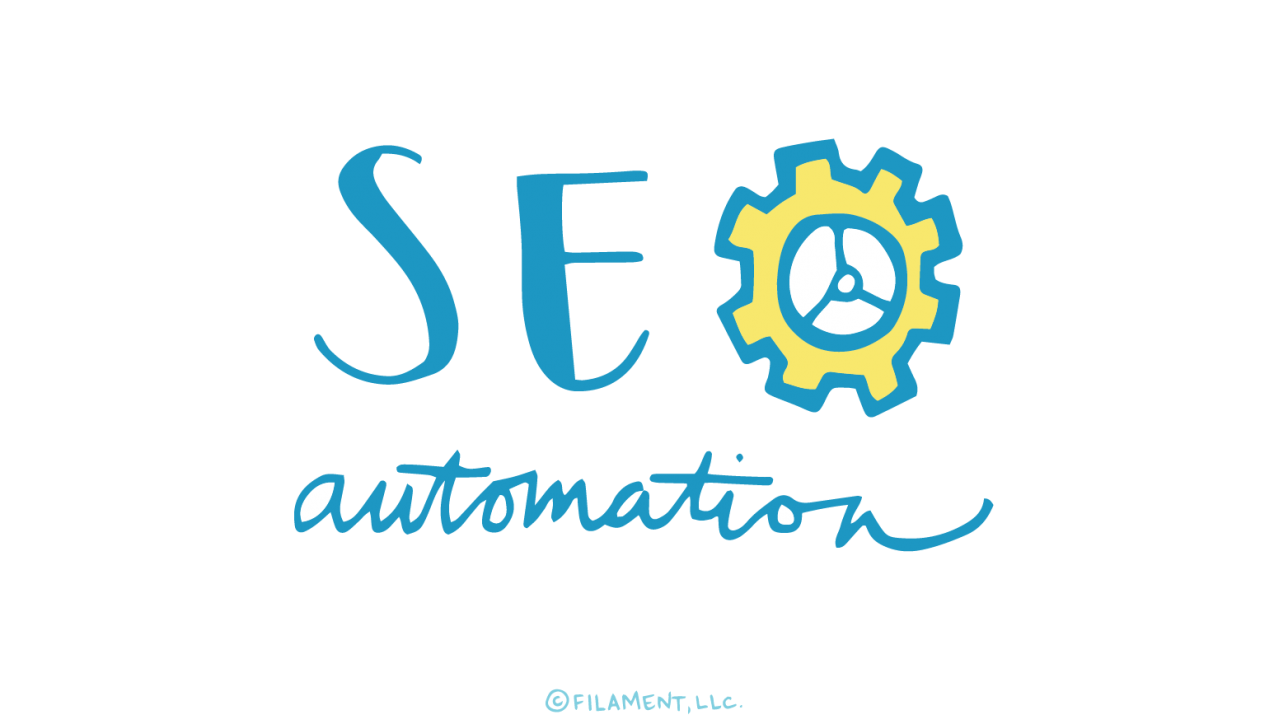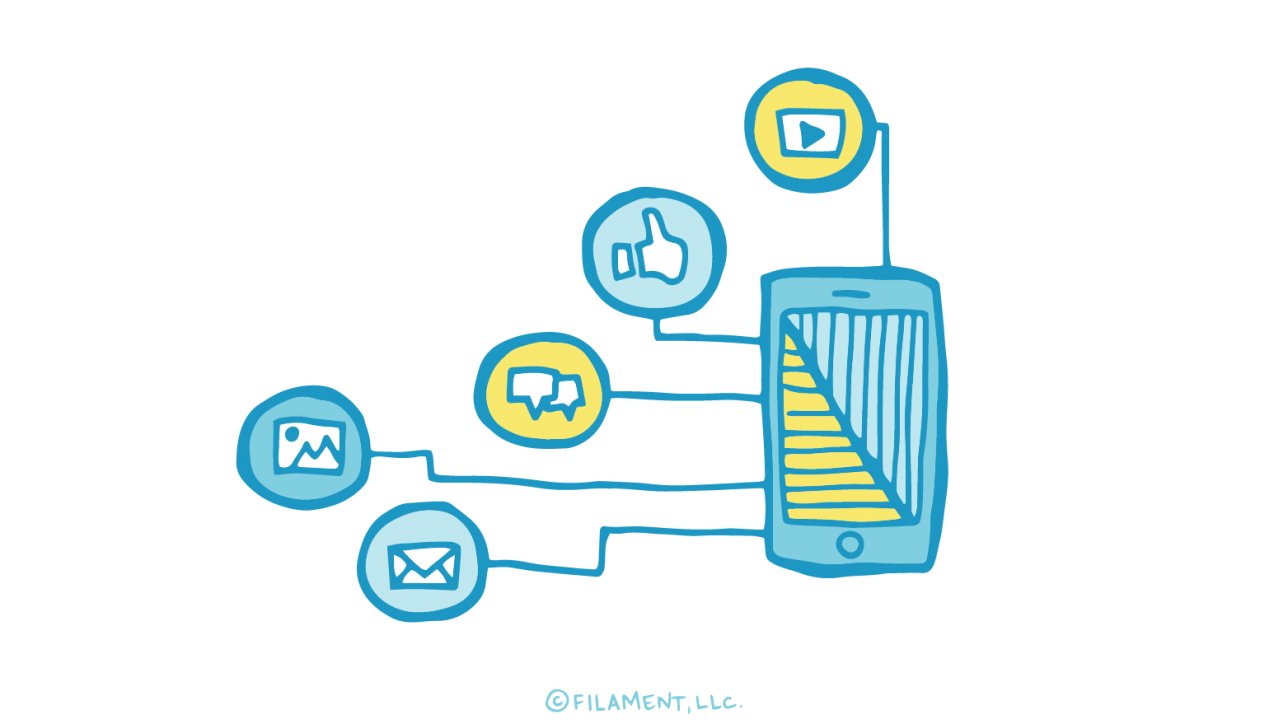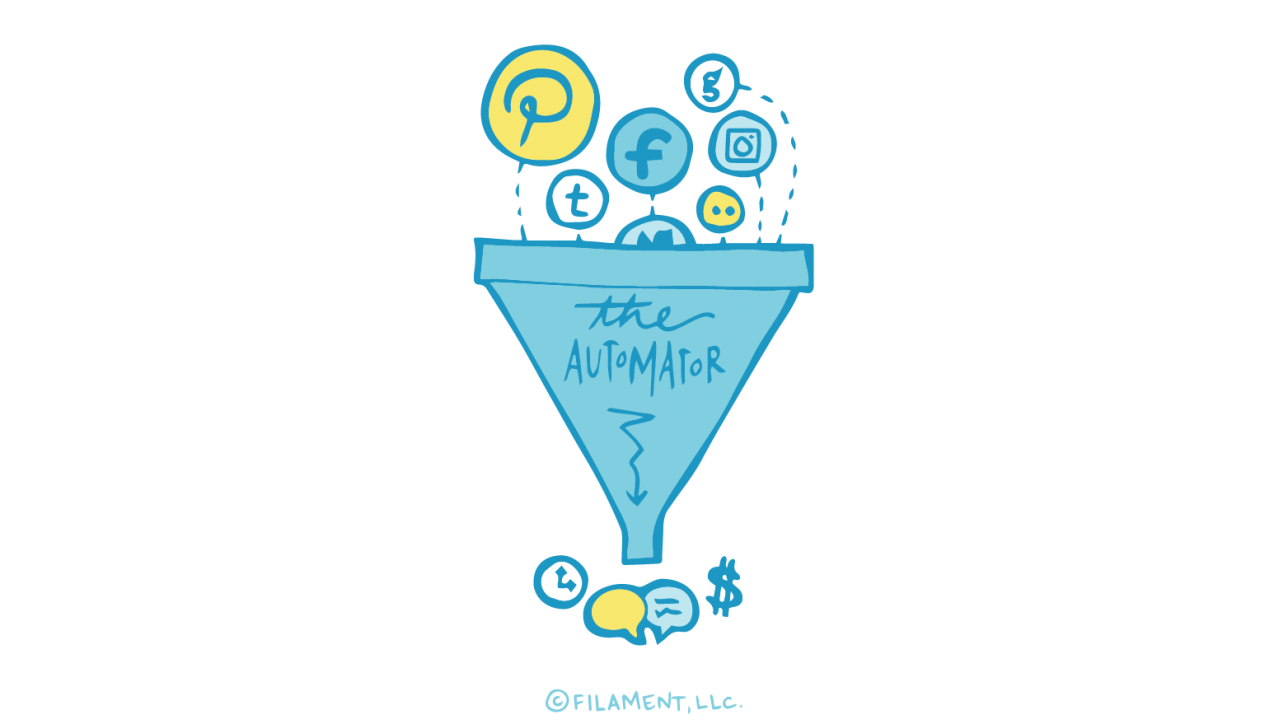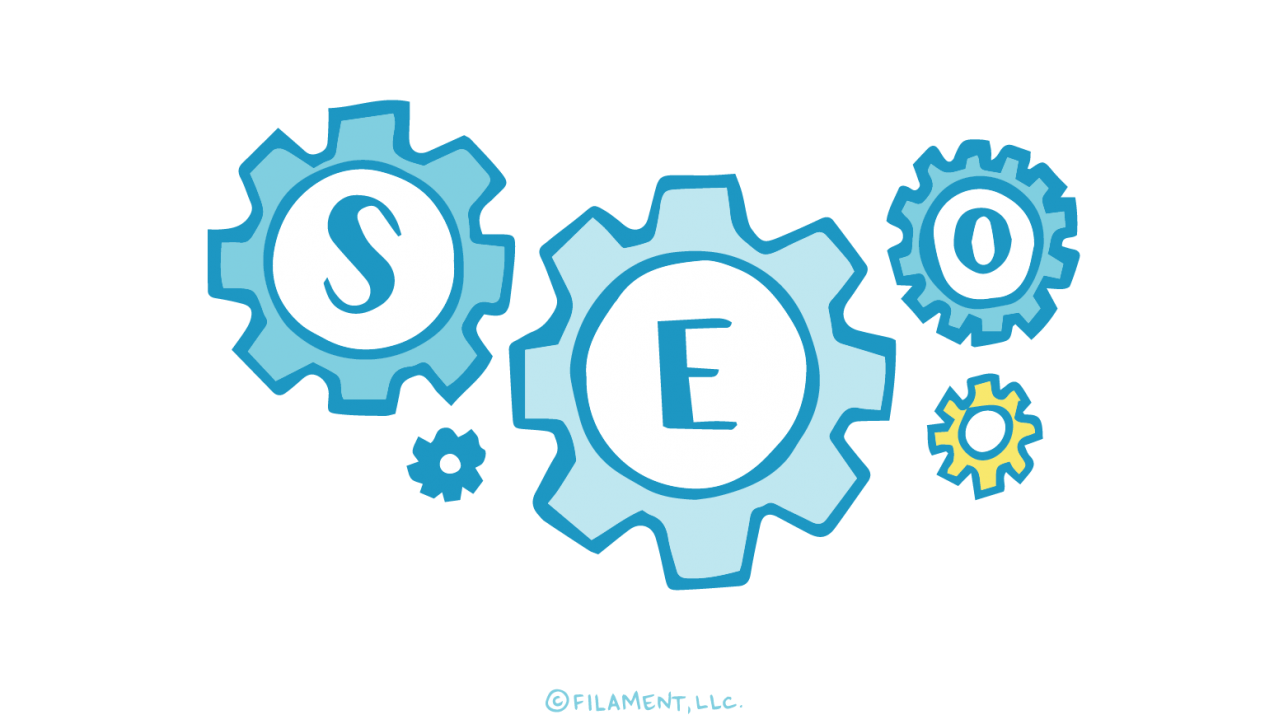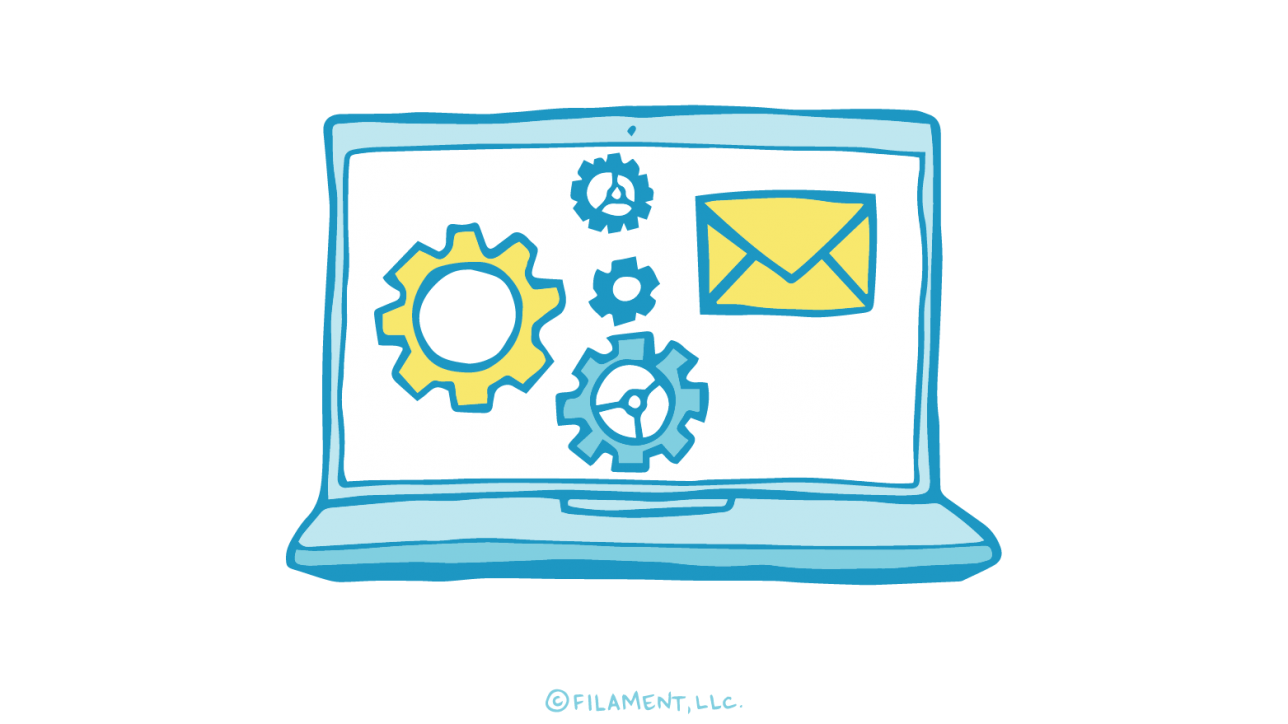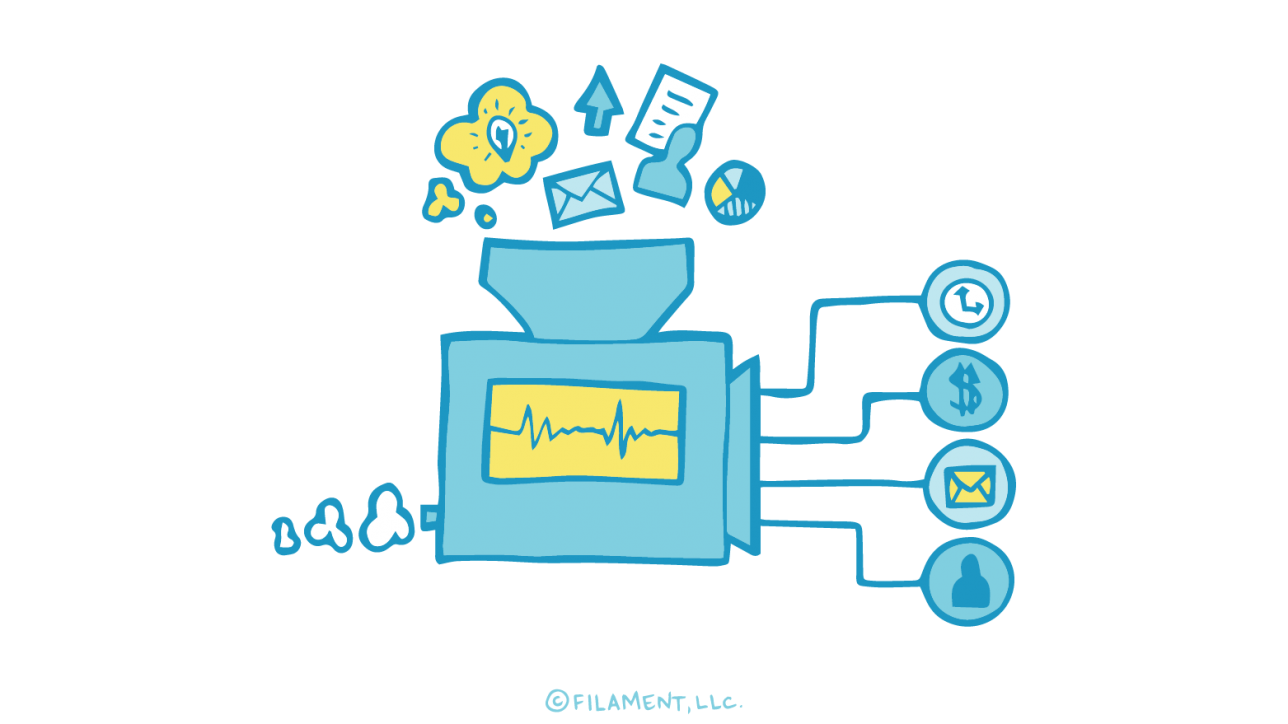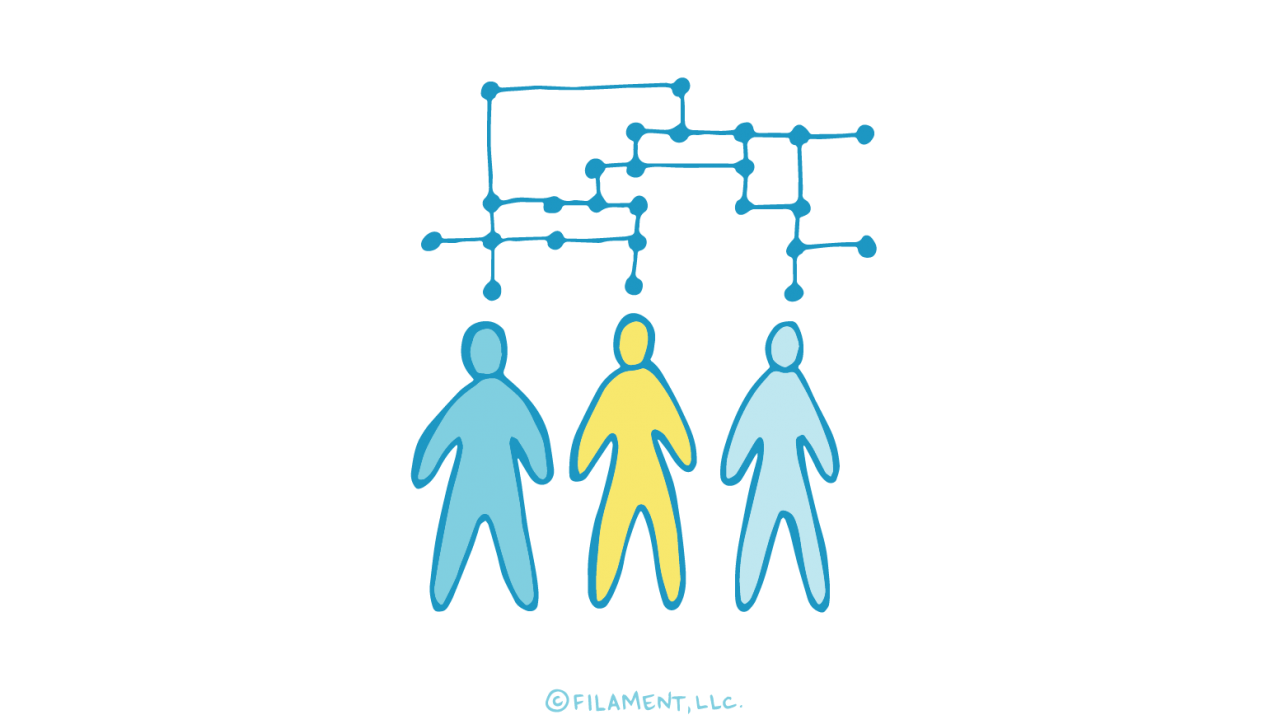A major struggle all content marketers face is producing enough content. Thankfully, we professional writers have come up with some tried-and-true ways to keep the content coming and make it read well, too. Check out these ten writing tips for producing consistently great content that your audience will want to read—and share.
1. Read more.
The more you read, the better your writing will be. As you read, take stock of each article and how it’s constructed. How do authors successfully grab—and hold—your attention? Where do they lose you? Stay in research mode, whether you’re looking for how an article is crafted or for topics to feed your own content.
2. Write every day.
Practicing writing is another key way to not only improve your writing, but also make it easier to get into the flow of producing content. Commit to writing something every day, whether it’s a blog post or product description.
3. Write in your own voice.
Every piece of content you produce needs to be stamped with your brand voice. That way, when someone reads your content, they’ll know it’s coming from you. It will feel authentic and, as a result, trustworthy. If you’re not sure what kind of style you want apply for your brand, take a look at writing you like, and pick and choose the parts that fit your brand and the vibe you want to portray.
4. Keep it concise and focused.
The best writing is clear and easy to read. Ask yourself: Did I stick to the most important parts of my topic? Are there any words I can omit?
5. Make your content useful.
Useful content will automatically be engaging for the audience you’re trying to reach. Ask yourself: does this article answer a question my customers actually are struggling with? Does it offer actionable steps to solve a problem my customers deal with on a regular basis?
6. Be original.
Your company has something unique to offer, right? Put that one-of-a-kind perspective in everything you write, whether it’s the innovative solutions you’ve come up with for the issues that your target audience faces or refreshing takes on hot topics in your industry.
7. Rewrite.
Writing is a process. In your first draft, you’re just getting your ideas down quickly without worrying about the finished product. The majority of your writing time will take place in the later stages of rewriting and refining through multiple rounds of edits.
8. Get feedback from an editor.
In the process of rewriting, it is super helpful to have an editor read the article and offer feedback on style, grammar, voice, and the overall content. If you don’t have an editor on your staff, ask a coworker with a great grasp of 1) your brand voice, 2) your target audience, and 3) the language in which you’re writing.
9. Take time to write a great headline.
Titles are very important. They’re what get readers to pay attention to your content. In fact, according to Copyblogger, 80% of people will read your headline, but only 20% of those people will read the rest of your content. What makes a title great? It not only sparks readers’ interest, but also provides information about what reader can learn by reading your article.
10. Be accurate.
When the ideas you’re writing about come from somewhere else, be sure to cite your source accurately. If you include a statistic, let your readers know where it came from. Better yet, include a link to the report, so your readers can review the information themselves. Just know that you want to double-check that your source is reliable. Everything you cite—or fail to cite—reflects back onto you.
There you have it, ten tips to help you create relevant, compelling, and easy-to-read content. Great writing takes time, but if you follow these writing tips consistently, you’ll be well on your way to engaging your audience and building a following.
Need help writing content for your brand? Get in touch with the content experts at Filament. Great content is what we do best!

